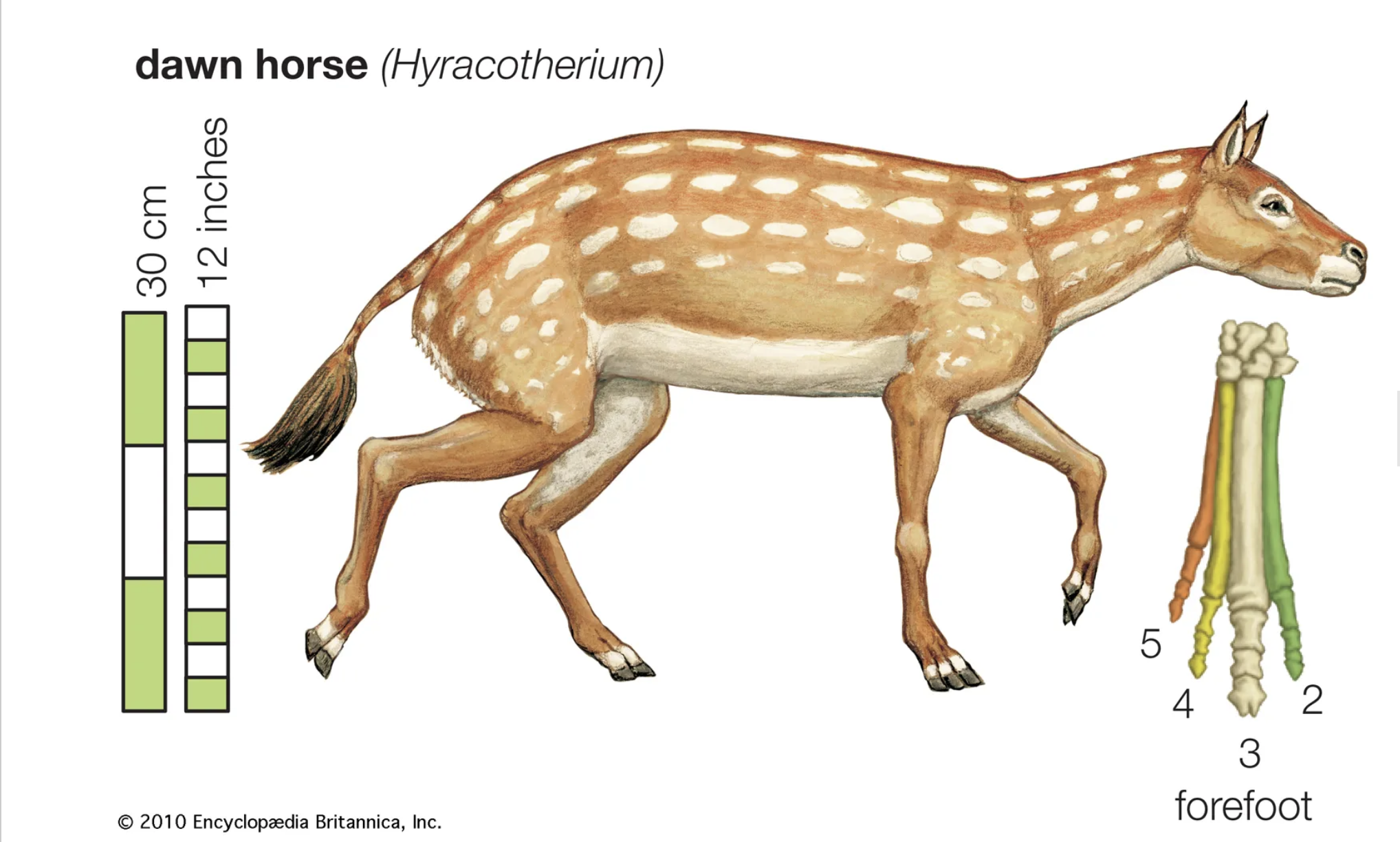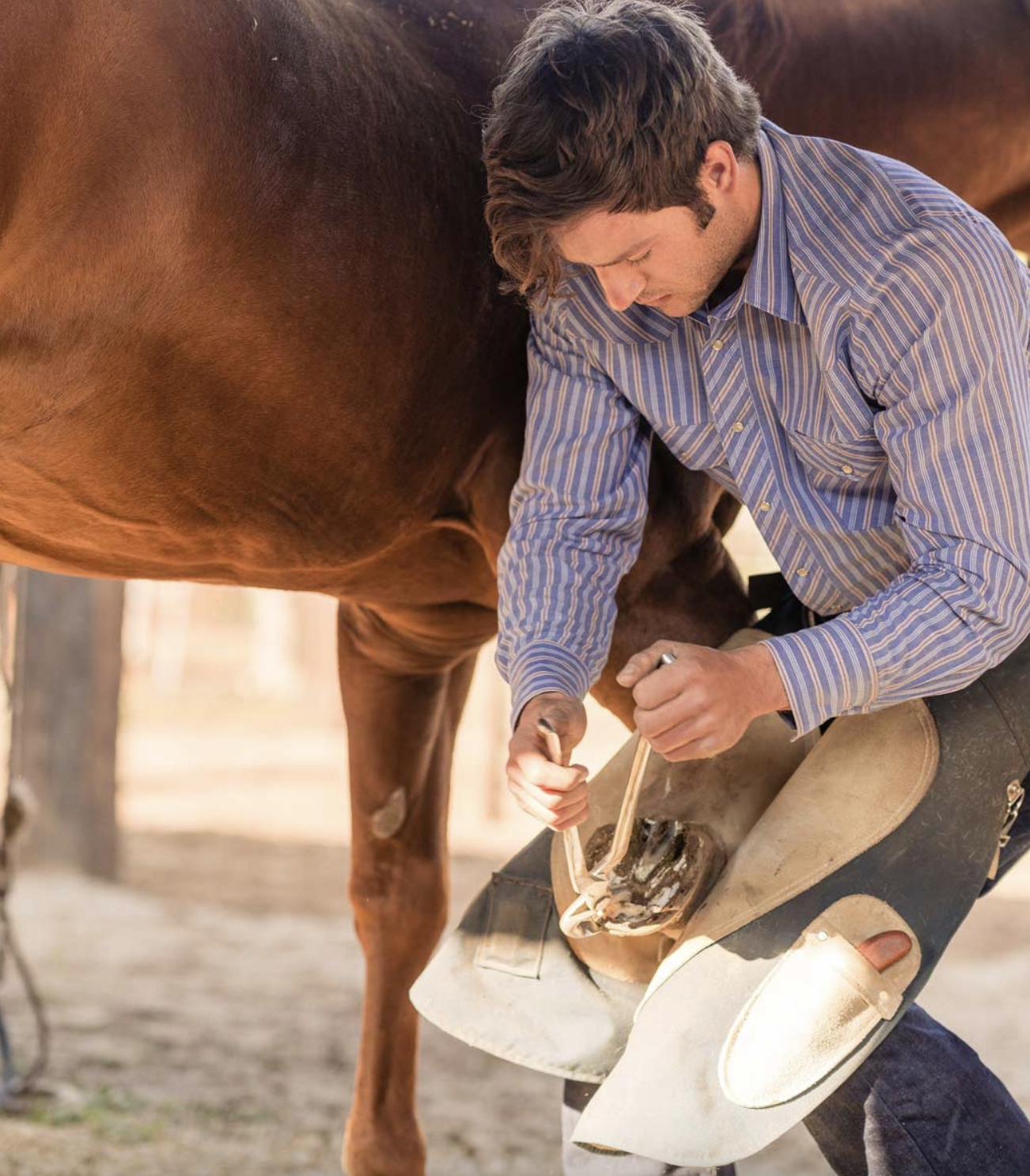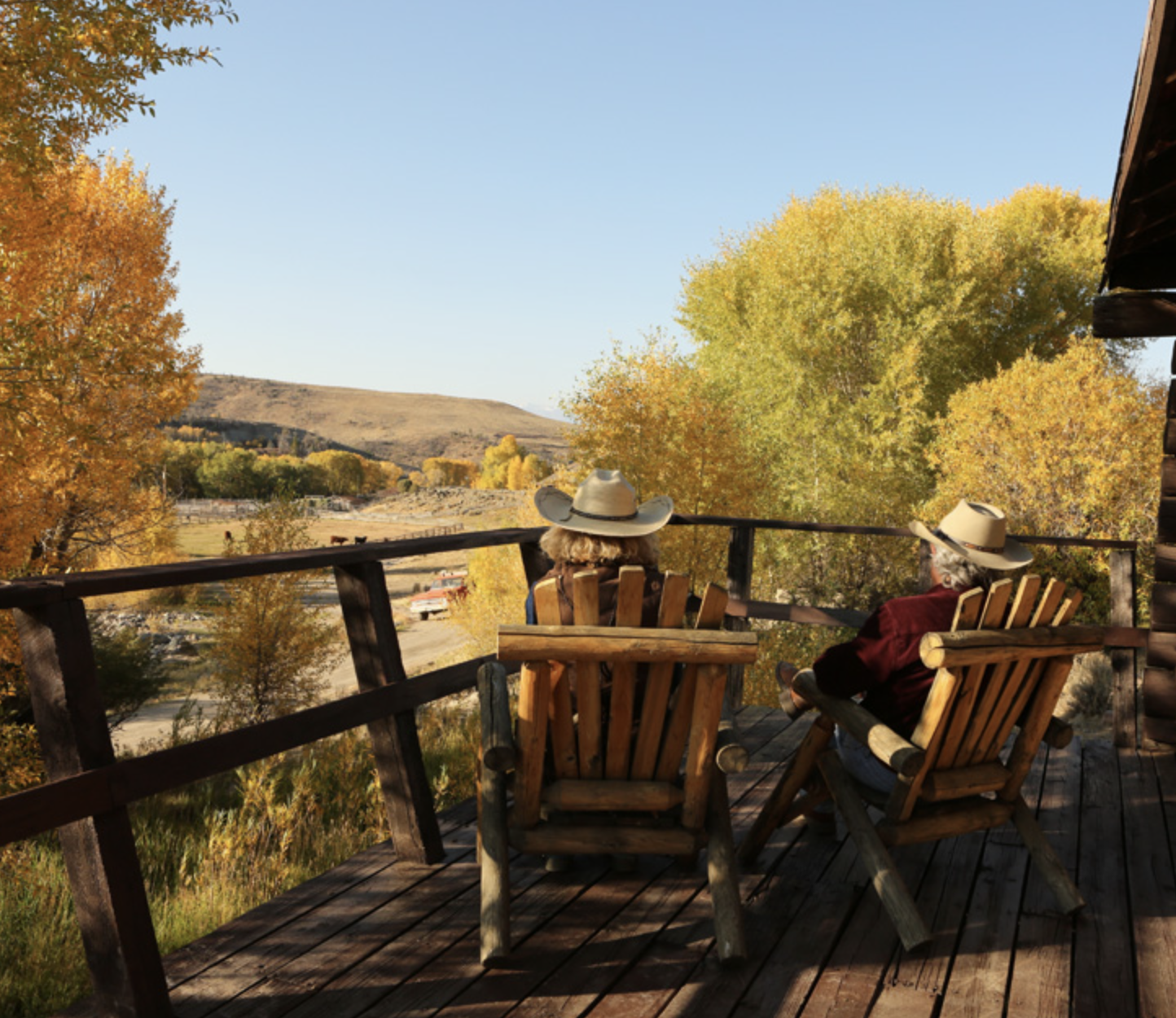The Sanctuary Experience - Horsemanship
THE ART OF HORSEMANSHIP DATES BACK TO ROUGHLY 2000 B.C. WHEN HORSES WERE TRAINED BY INDO-EURPOEANS FOR USE IN LARGE-SCALE MILITARY OPERATIONS. SINCE THEN, HORSES HAVE BEEN INTRODUCED TO THE REST OF THE WORLD AS A MODE OF TRANSPORTATION, AN AGRICULTURAL WORKER, A SPORTING ANIMAL, AND A COMPANION.
MOST RECENTLY, THE RELATIONSHIP BETWEEN HUMAN AND HORSE HAS COME TO THE FOREFRONT THROUGH THE PRACTICE OF HORSEMANSHIP.
IN THIS ARTICLE, WE’LL TALK ABOUT THE HISTORY OF THE HORSE, THE ORIGINS OF MODERN HORSEMANSHIP, AND THE GLAMPTUARYS THAT OFFER THE OPPORTUNITY TO CONNECT WITH ONE OF NATURE’S OLDEST AND MOST MAJESTIC CREATURES.
Horsemanship lesson - C U Lazy Ranch - Location: Granby, CO
My first experience on a horse was on a family vacation at a lake resort in northern Minnesota. I was 9 years old.
Somewhere in Minnesota c1983, My Dad and Brother are in the background
Looking back at this photo reminds me of the excitement I felt to be on top of what felt like an enormous and powerful animal. I’m also reminded that the horse I was on (lets call it a pony) was not that enormous. But that didn’t matter to me at the time, nor does it matter to me now.
What matters is that I was experiencing something new, and that experience led to a lifelong love of horses.
Me outside of our safari tent at Cedar Ridge Ranch in Carbondale, CO in 2022.
Those childhood trips with my family led to my current passion for experiential travel.
My passion for experiential travel led me to create Glamptuary in the hopes that it inspires others to get out and experience something new. It may be horses, it may be something else…and regardless of what “it” is…the key is that we continue to search for new experiences.
If horses are your thing, then you’re going to love this article. Not only will you see beautiful pictures of this majestic beast… you’ll also learn about some of the best options for experiencing and learning about these animals - all while glamping. What could be better?
Before we get to the where, lets talk about the what.
For most, horses are synonymous with the ‘Wild West’ era which took place in the United States back in the late 1800’s through early 1900’s.
Two cowboys in Montana c1910 - Source: Buddies in the Saddle
While this may be the most publicized view of horses…it’s certainly not the origin story.
Eohippus (genus Hyracotherium), also called the ‘dawn horse’ did in fact originate on the North American continent roughly 55 million years ago, and went extinct roughly 12,000 years ago during the Ice Age.
Artist rendering of the Dawn Horse - Source: Brittanica
Fortunately, a few of them were able to migrate east to Asia and survive. They evolved over time into the single hoofed horses we see today. They also grew much larger and humans took notice.
The domestication of horses goes back to roughly 5,000 BC near the steppes of southern Russia. This began with humans milking horses and herding them for a source of meat. Humans started to realize that horses could provide more than nourishment and this new working relationship led to evolutions in farming, transportation, and war. The horse became a symbol of prestige and power. Humans began to see horses as wise, emotional beings with unlimited capability. This strengthened relationship between human and horse led to the first iterations of horsemanship back in 1,500 BC.
Wall etching found in Eqypt c1,500 BC - Source: National Geographic
The first known writings on horsemanship dates back to 400 BC and the author was a historian called Xenophon. He wrote about the use of milder bits and advocated for the use of less force exuded by the riders to manipulate the horses. In other words, he stated that a healthy relationship between horse and rider leads to more productivity. This was especially true in war where riders were often riding without stirrups and hands-free so they could use spears, swords and archery weapons.
Aside from war, horses were seen as vital to human exploration, which led to them making their way back to where it all began for horses.
Equus caballus (modern horse) was re-introduced to North America back in the 1400’s AD by Spanish Conquistadors in search of new lands to conquer. This is also how Native Americans were introduced to the modern horse.
The grassy plains of North America were perfect for these new horses to flourish. There was plenty to eat and a lot of land to roam. Thankfully, the Native Americans did not over-hunt these new animals. Instead, they saw them as a treasured working companion and a blessing that should be protected at all times.
American Indian and his horse - Source: Cana Foundation
The relationship between Native American rider and horse was symbiotic. This is probably the first true example of horsemanship in practice.
Modern horsemanship, as we know it today, is usually credited to Tom Dorrance. Tom said: “The part that has meant the most to the horse and me is the communication between us. This is the part where I really had to devote a lot of thought. I have watched horses when they are loose by themselves or loose in a group; gentle raised or wild range raised, their naturalness will show. And by studying their actions and reactions I have been helped to understand how to present myself in such a way that the horses will respond to what I may ask of them. This I believe is true nature. This is something I have had to develop in myself, for myself, by myself. The True Unity and Willing Communication between the horse and me is not something that can be handed to someone, it has to be learned, it has to come from the inside of a person and inside of the horse.”
Tom Dorrance and a friend - Source: Horse and Rider
Today there are many versions of horsemanship and depending on who you learn from, there will be subtle differences. What remains true today, regardless of the version of horsemanship you learn, is that a healthy relationship with a horse will result in a few things: your safety, increased productivity, and a connection to nature.
So now that we have the what defined, lets talk about the where.
The following list of Glamptuarys that offer true horsemanship experiences is just a fraction of what’s out there globally. These just happen to be on our bucket list, and hopefully they make it to yours.
C LAZY U RANCH - Granby, CO
HORSE PROGRAMS OFFERED:
HORSEMANSHIP, RODEO, CATTLE PUSH, DUDE RANCH, ADULT AND KID TRAIL RIDES
BAR W GUEST RANCH - Whitefish, MT
HORSE PROGRAMS OFFERED:
HORSEMANSHIP, CATTLE PUSH, DUDE RANCH, TEAM PENNING, RODEO, ADULT AND KID TRAIL RIDES
THREE BARS RANCH - Cranbrook British Columbia, Canada
HORSE PROGRAMS OFFERED:
HORSEMANSHIP, REINING, ADULT AND KID TRAIL RIDES
BITTERROOT RANCH - Dubois, WY
HORSE PROGRAMS OFFERED:
HORSEMANSHIP, CATTLE PUSH, HEALING WITH HORSES, JUMPING, ADULT AND KID TRAIL RIDES
MCGINNIS MEADOWS GUEST RANCH - Libby, MT
HORSE PROGRAMS OFFERED:
HORSEMANSHIP, CATTLE PUSH, WORKING RANCH EXPERIENCE
It should be noted that there are thousands of Glamptuarys that offer general equestrian experiences and glamping accommodations. These general equestrian experiences differ from true horsemanship experiences in that they consist of basic trail rides with little instruction. There’s nothing wrong with that…and these types of experiences would usually fall under a ‘Farm Stay’ category. We’ll definitely be covering this category in an upcoming blog article as it is a very important Sanctuary Experience.
For folks that want an authentic ‘horsemanship’ experience whilst staying in a glamping structure - the bucket list above is sure to satisfy the most critical of cowboys out there.
For those of you ready to saddle up…I’ll see you out on the trail…
Namasté and safe travels everyone!
I truly appreciate your time and if you’ve enjoyed what you’ve read - please share with your network.










































